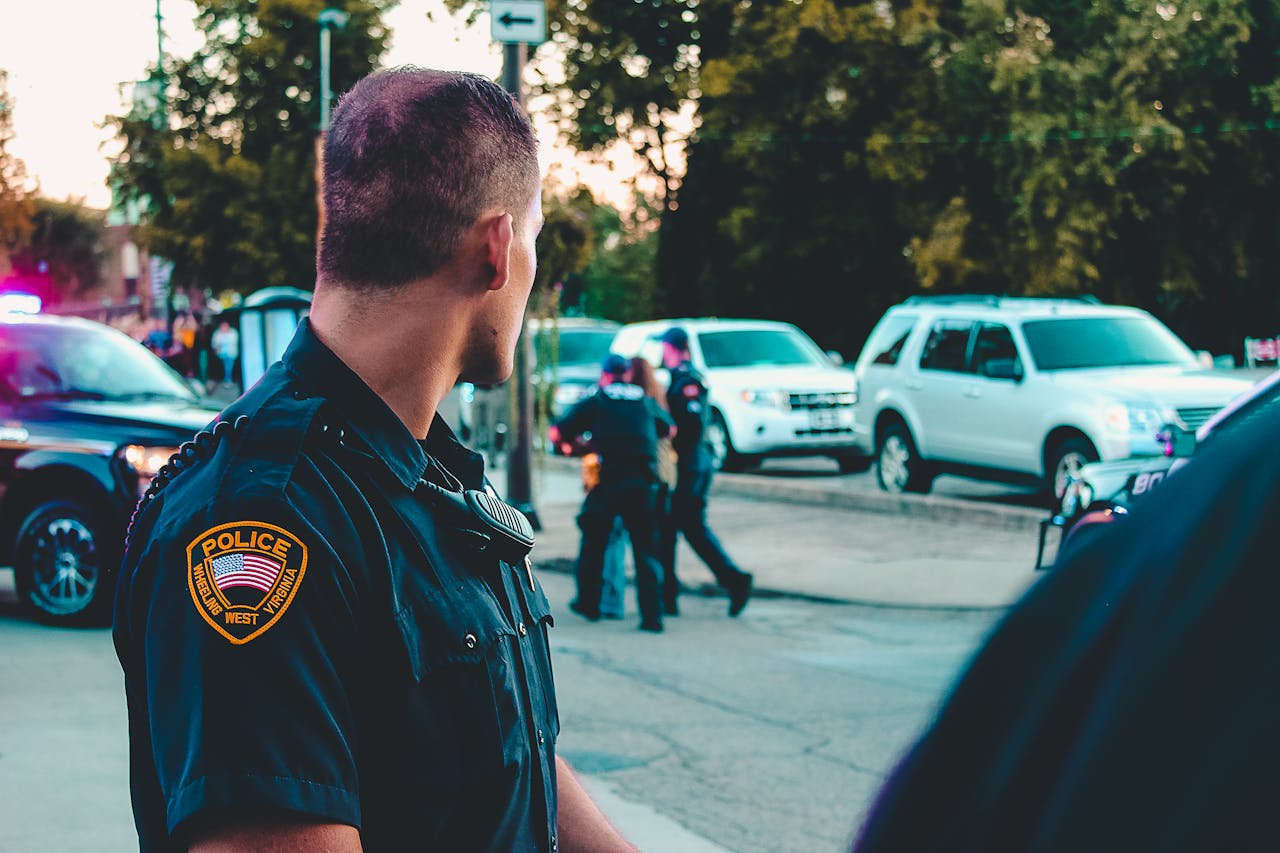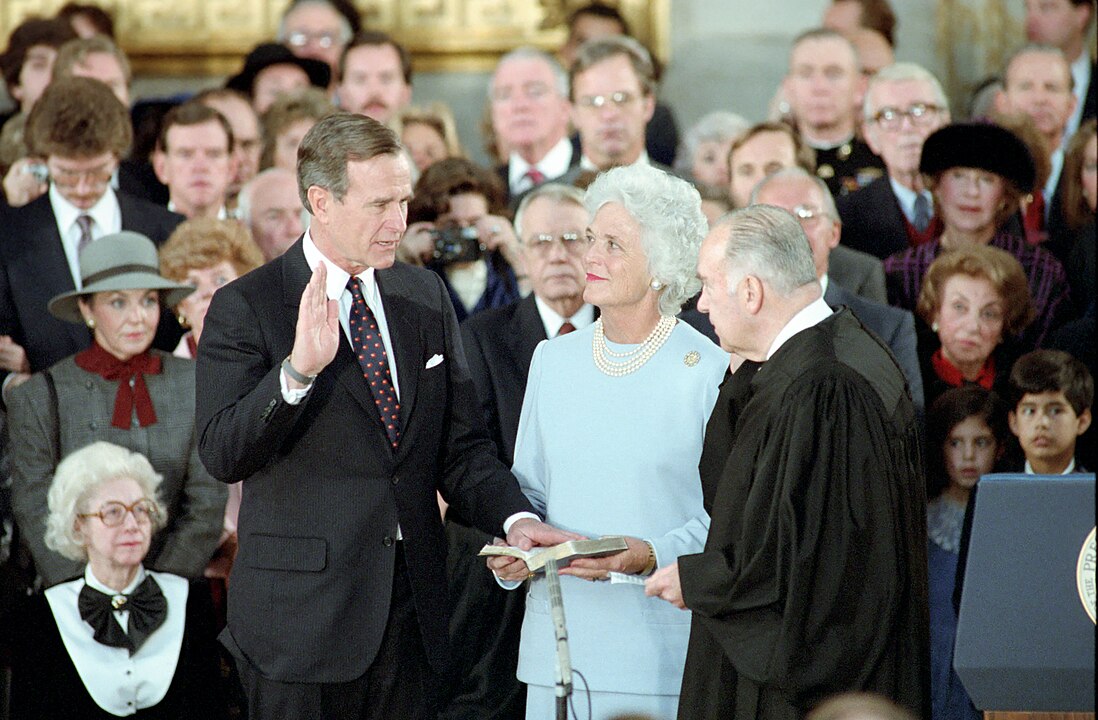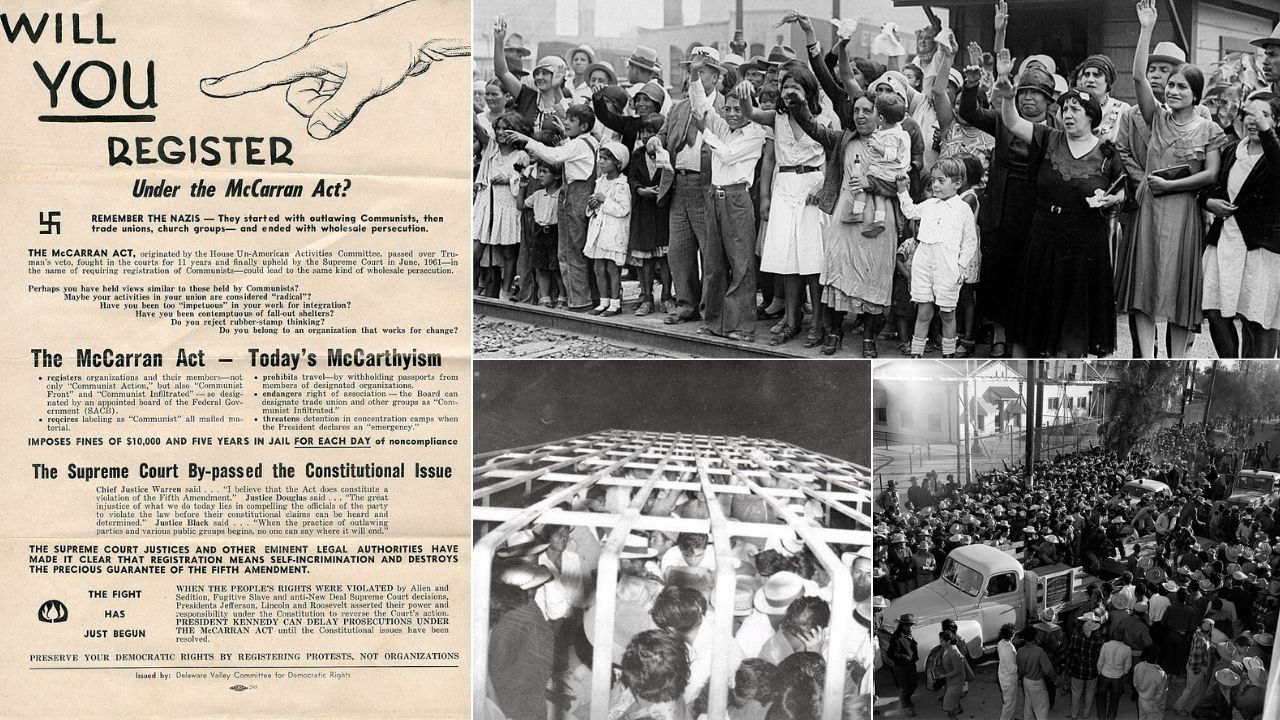The 1980s loved PSAs. They played between cartoons, game shows, and the 10 p.m. news. Many used simple rules, catchy slogans, and fear. Today, those spots feel odd because science, laws, and tech have changed. We now text 911 in many counties, carry GPS phones, and use booster seats measured to 4’9″. Medicine and public health moved, too. Some messages still help. Others miss key facts that teens learn in the 2025 health class. Here are 10 real themes from that decade that do not match how life actually works now.
1. “Just Say No” Drugs Message
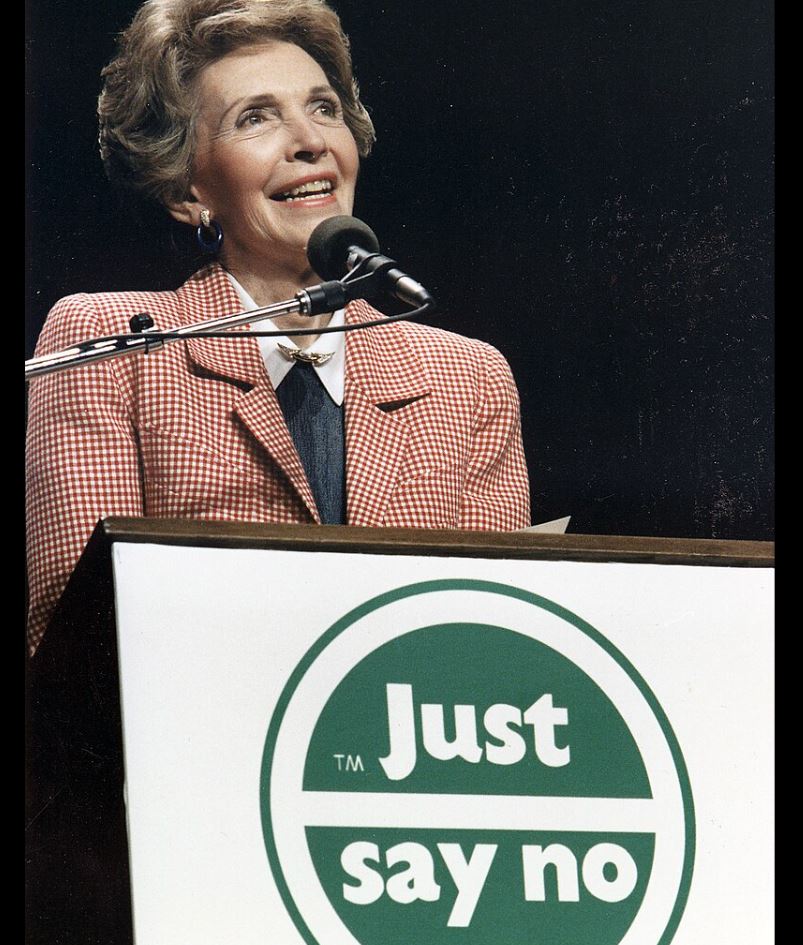
Nancy Reagan popularized “Just Say No” in 1986 school visits and TV spots. The line treated drug use like a simple choice, not a mix of peer pressure, mental health, and access. Later research questioned the results in real schools. Today, programs add refusal skills, counseling, and safe storage of meds at home. They also discuss naloxone and state Good Samaritan laws. If you face a crisis, call 911, stay with the person, and give the exact location in street numbers.
2. “Stranger Danger” Only

Child-safety clips in the mid-1980s told kids to avoid strangers with candy and vans. The advice ignored that many risks come from people a child already knows. Modern lessons focus on “tricky people,” body safety rules, and checking in with a trusted adult. Schools teach naming safe adults by role, not by looks. Kids learn to yell, run to crowds, and use store help desks. Parents set meet-up points by the door and practice scripts with exact words for asking for help.
3. Front-Seat Seatbelts Focus
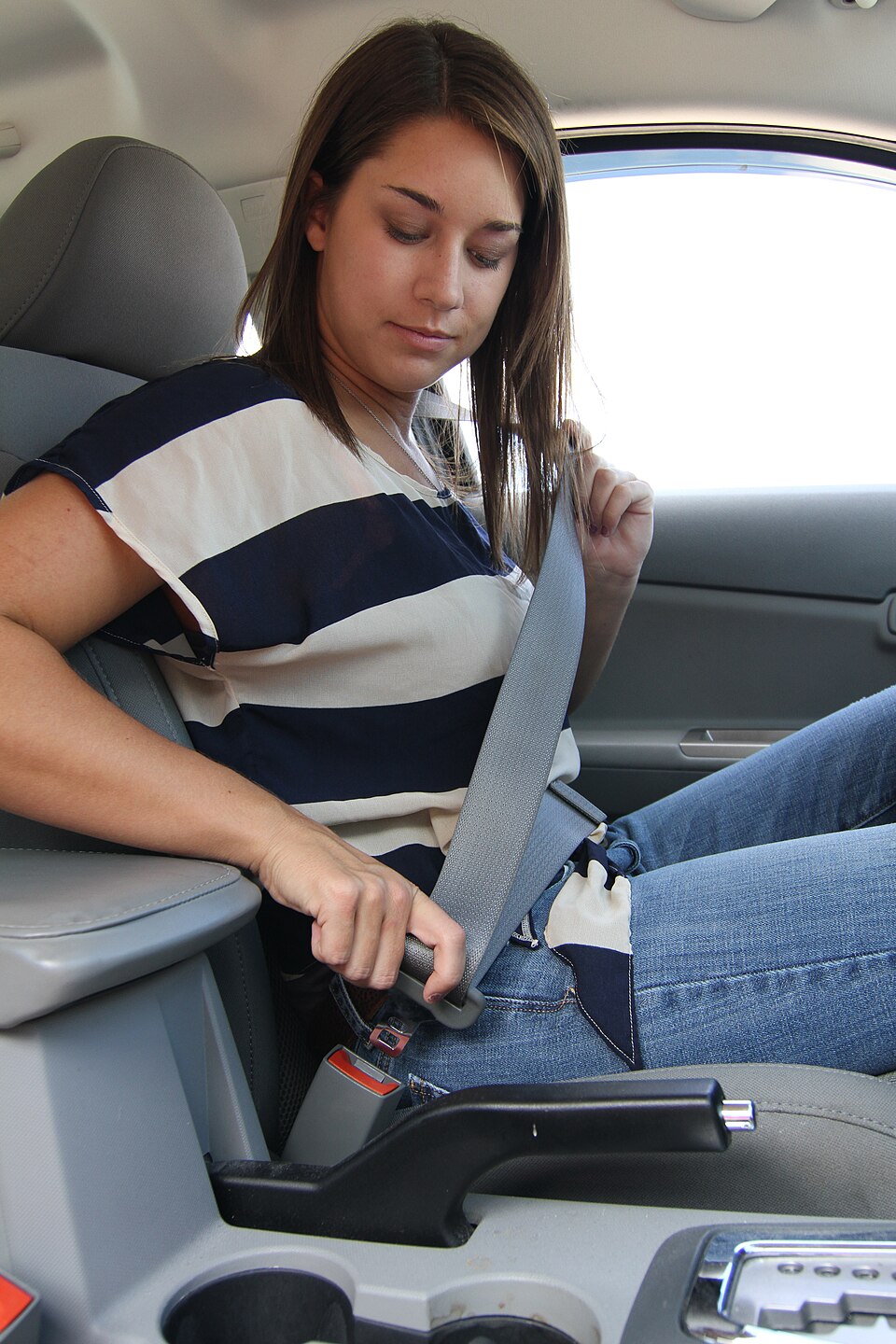
The NHTSA crash test dummies, Vince and Larry, hit TV in 1985 to push seatbelts. Early clips often showed only front seats. Many cars then had lap-only belts in back. Today every seat needs a belt, and kids use boosters until about 4’9″ tall, which may be age 8 to 12. Rear-facing stays longer, then forward-facing with a tether. If you ride share, check the belt sits on the shoulder, not the neck. Never put the shoulder strap behind the back. That defeats the design.
4. “This Is Your Brain on Drugs”

The fried-egg spot aired in 1987. It made a bold point, but it lumped all substances into one scary image. Today, health classes separate risks by dose, timing, and age. They cover fentanyl test strips, safe disposal events, and how to read a prescription label. Teens also learn to call 911, give the cross street, and stay on the line until help arrives. If a doctor prescribes opioids after a surgery, families lock the bottle and count the pills, then return extras.
5. Mr. Yuck Poison Stickers
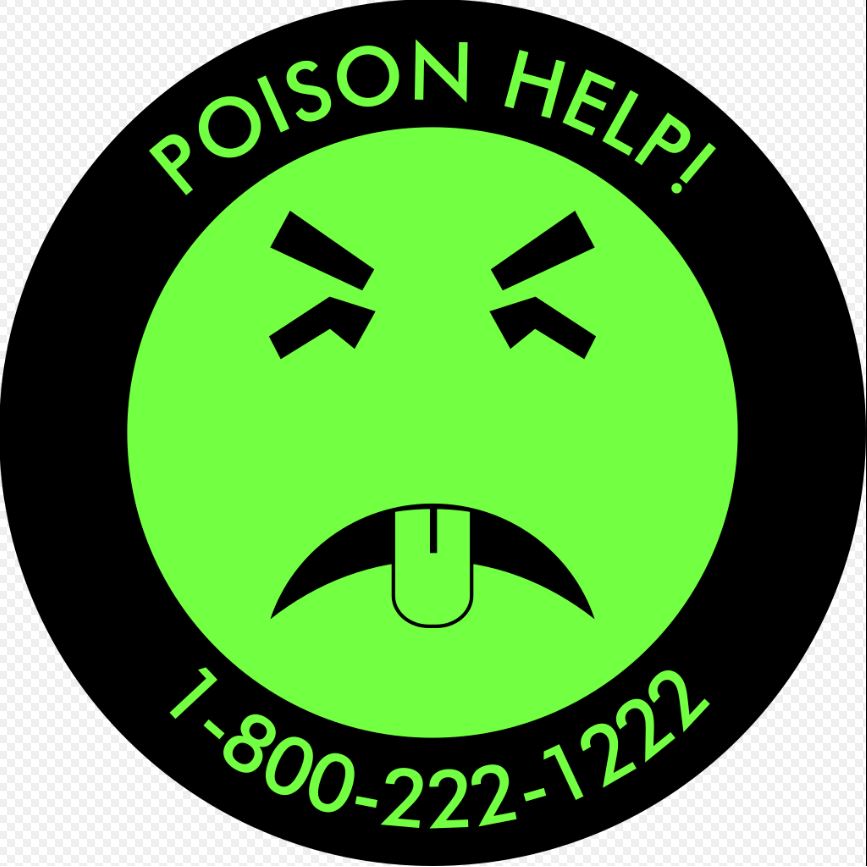
Green “Mr. Yuck” stickers from the 1970s and 1980s told kids these bottles were bad. Some children saw the face as a challenge, not a warning. Modern advice favors locked cabinets, childproof caps, and the Poison Help number on the fridge. Many centers use 1-800-222-1222 for fast advice. Caregivers keep cleaners up high and in original bottles with exact labels. Never mix ammonia and bleach. That combo makes a toxic gas in seconds. Open windows, and store chemicals away from food.
6. Payphone Safety Plans
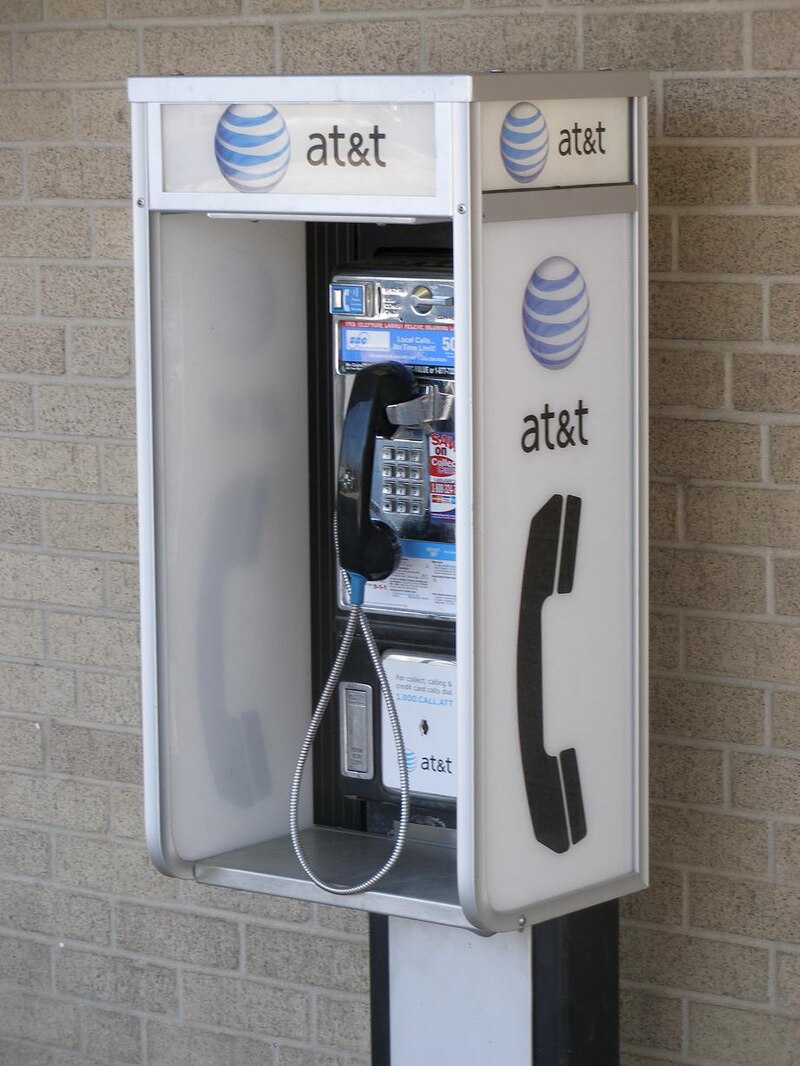
Many 1980s spots told kids to “find a payphone” or “dial 0 for the operator.” In 2025 payphones are rare, and operators do not route most calls. Today, call or text 911 where supported. Share landmarks, mile markers, or the nearest block number. If you cannot speak, stay on the line so dispatchers can try location tools. Schools run safety drills using cell phones and classroom phones with posted extensions. Families set ICE contacts in phones and practice calling from the lock screen.
7. Early AIDS Fear Spots
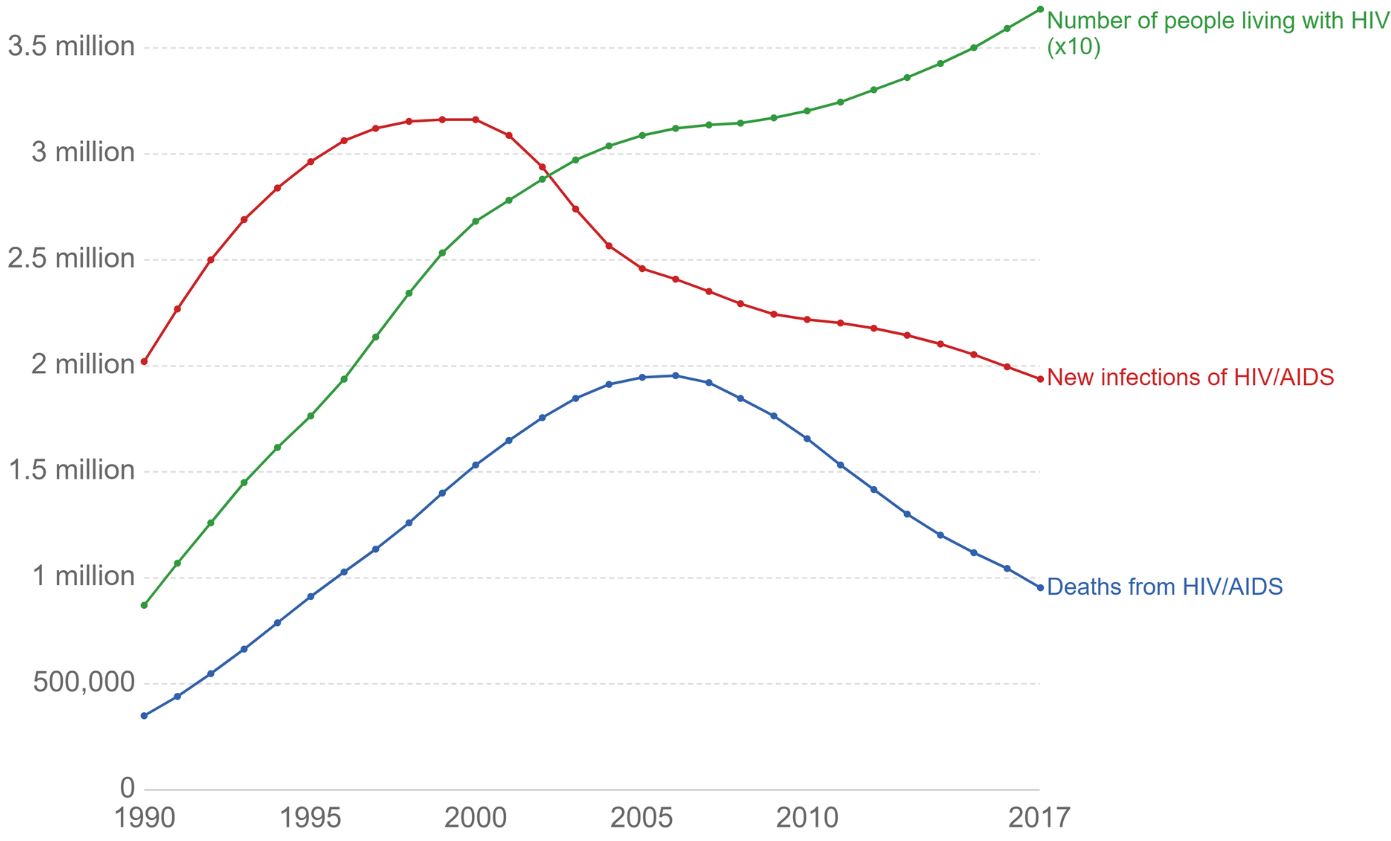
U.S. AIDS PSAs started in 1987 with heavy tone and little detail on testing or treatment. That fear-first approach left many teens confused. Today clinics offer rapid tests with results in minutes, PrEP to prevent HIV, and PEP within 72 hours after a risk. Health classes explain condoms, consent, and how to find free testing days. If you think you were exposed, note the exact time, then seek care fast. Modern PSAs stress facts and dignity, not grave imagery or silence.
8. Lap-Only Belts For Kids
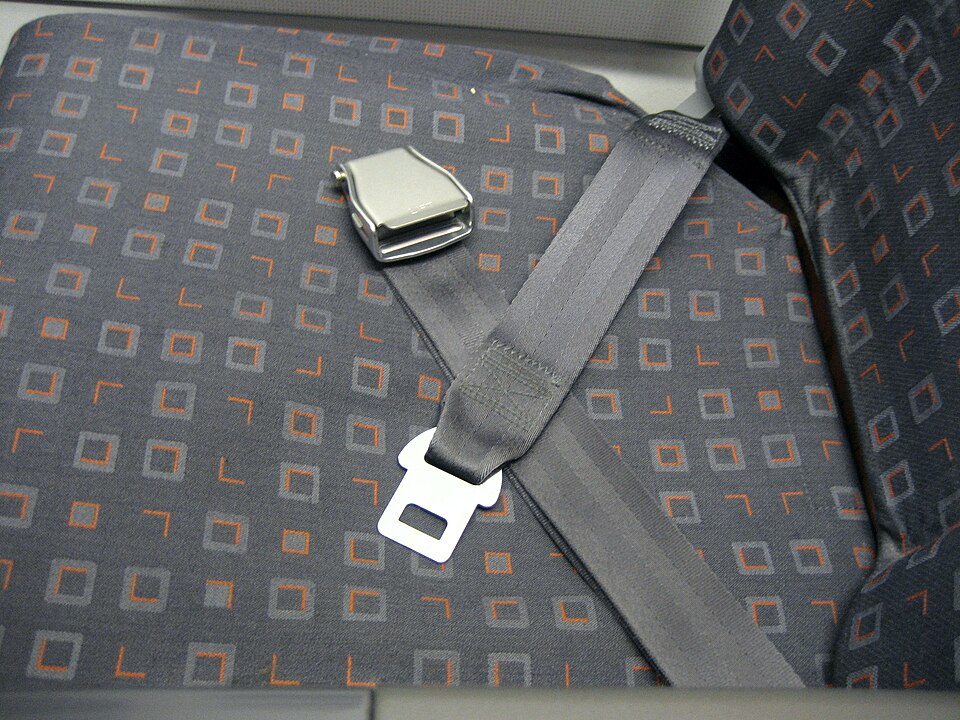
Some late-1980s safety clips showed kids buckling a lap belt in the back seat and called it good. We now know lap-only belts can cause abdominal injuries in a crash. Current rules use child seats, then boosters, until the belt fits the shoulder and hips. Check the 5-step fit. Knees bend at the seat edge, back sits flat, belt on shoulder, lap belt on hips, and child stays that way the whole trip. If not, use the booster. Buckle every ride, even for two blocks.
9. Leave Lights On To Deter Crime
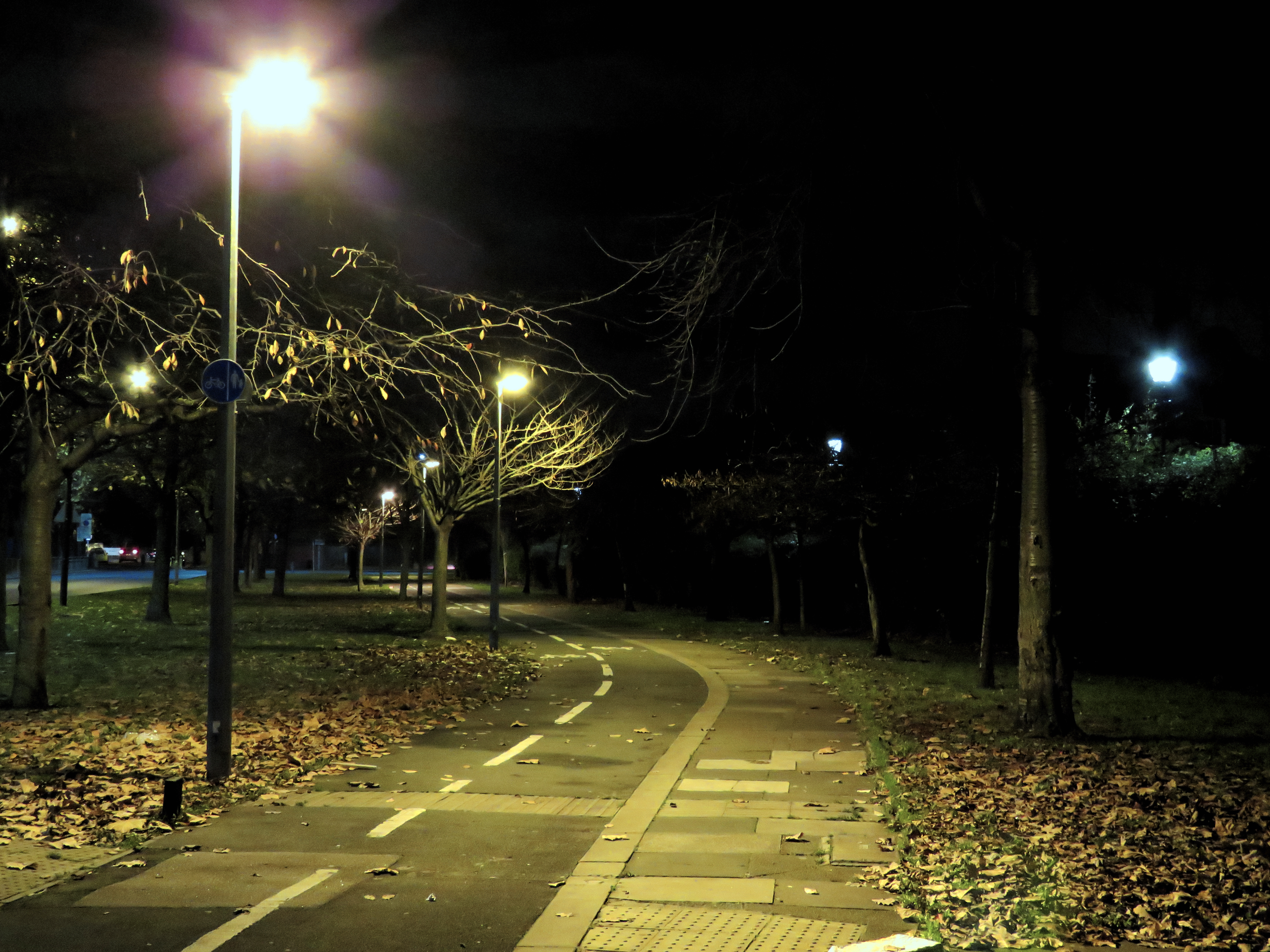
Crime-prevention spots often said, “Leave a light on,” a common tip in 1980s neighborhood watch videos. Today a single lamp on 24 hours can signal nobody is home. Smart plugs, random timers, and motion sensors do better. Use video doorbells if your town allows them. Lock doors and windows, record serial numbers, and photograph valuables. Do not engrave a Social Security number, which some 1980s kits suggested. Meet police for a home-security survey, then fix the easiest weak points first.
10. Call Collect For Help

Some 1980s clips told kids to “call collect” if stuck late. Collect calling used operator codes and landlines. Modern families rarely have landlines, and many carriers block collect calls. Instead, teach sending a live location from a phone, using the “Share ETA” tool, and naming a landmark. Set a family check-in time by the clock. If a ride falls through, go to a staffed desk, like a library or store, and ask the employee to call a parent or 911 if you feel unsafe.
